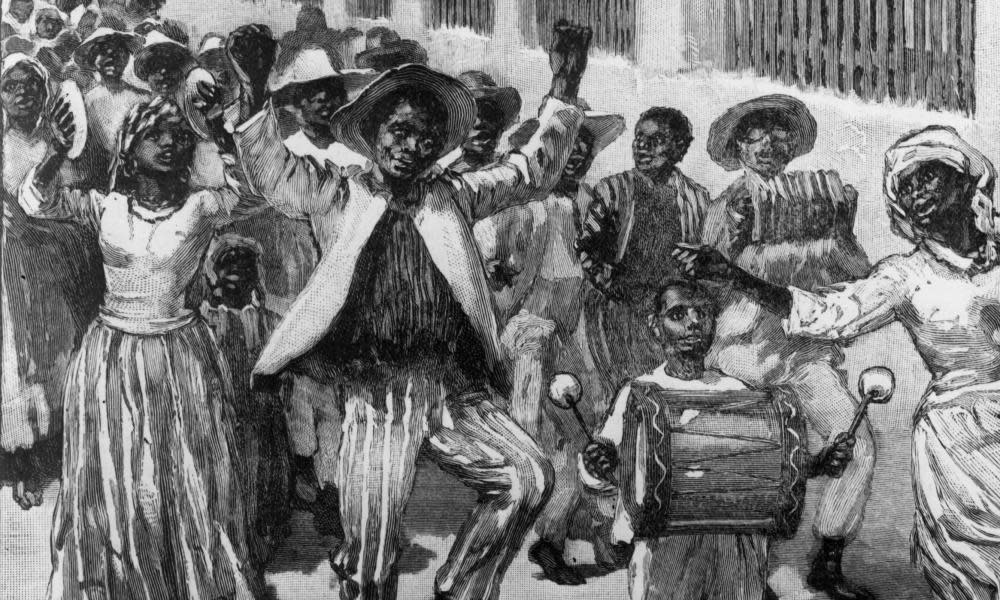C of E must confront its role in the slave trade

The Archbishop of Canterbury (C of E should rethink portrayal of Jesus as white, Welby says, 26 June) suggests that the position of that statues of clerics associated with the transatlantic slave trade will need to be reviewed.
In 2006, shortly before the bicentenary of the 1807 Abolition Act, Archbishop Williams apologised for the church’s role in the transatlantic slave trade. We’ve been waiting some time for concrete action to follow this apology. We now know that many bishops (such as Exeter) and other clerics had substantial plantation and slave holdings in the Caribbean, making them perhaps one of the largest institutional bodies involved.
Some clerics were so compensated for their loss of slaves in the 1834 act to the extent that they were able to personally fund the building of new churches in England. Given this extensive involvement, is it enough for the church to regard reviewing its statuary and intermittent apologies as an adequate response? The church does admirable work through its Clewer Initiative to respond to the evils of modern slavery, and might use this as a model to respond to the role it played in the slave trade, focusing perhaps on those areas of the UK that benefited most from the compensation their clerics received.
Gary Craig
Visiting professor, Newcastle University

 Yahoo News
Yahoo News 
